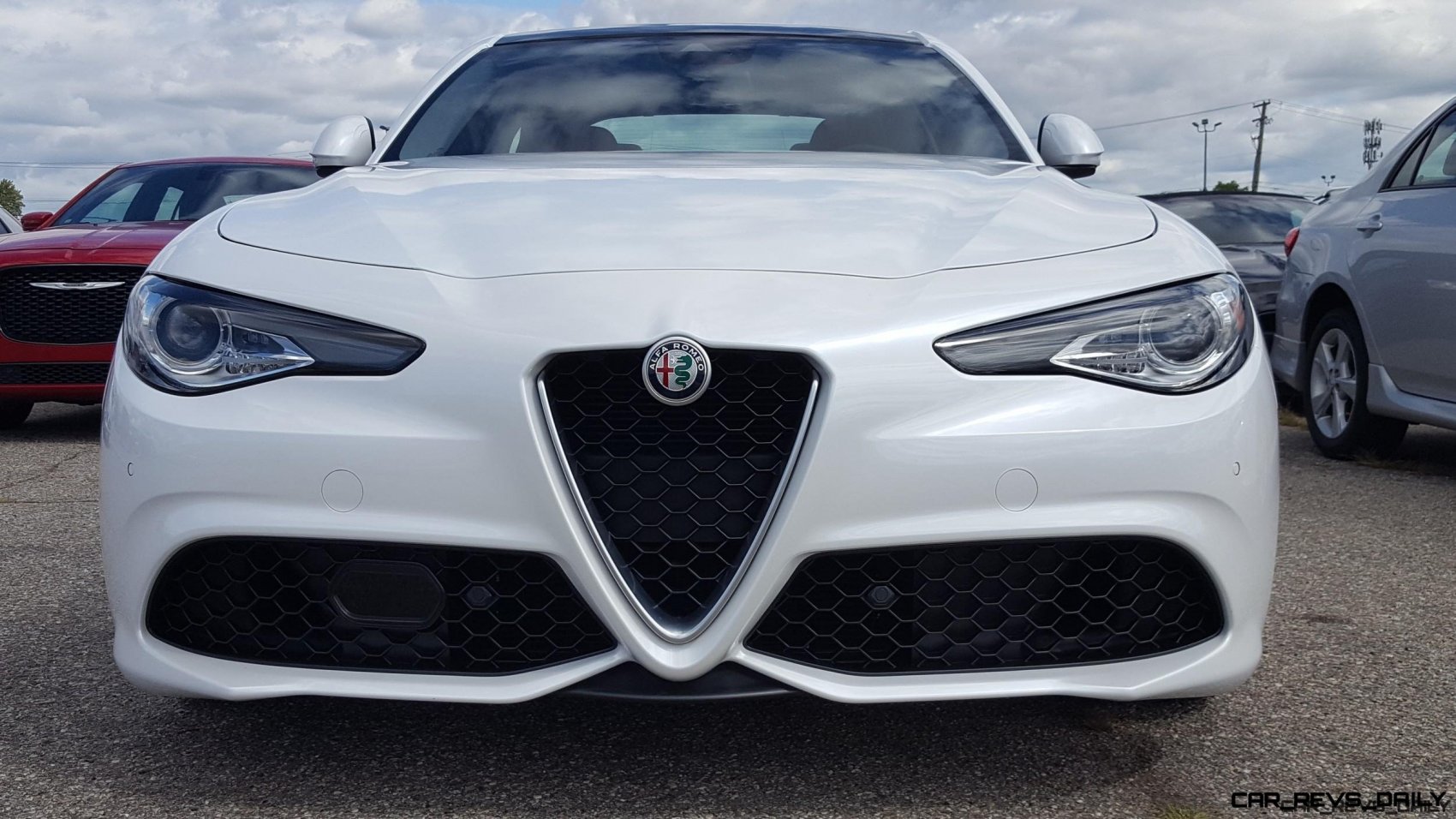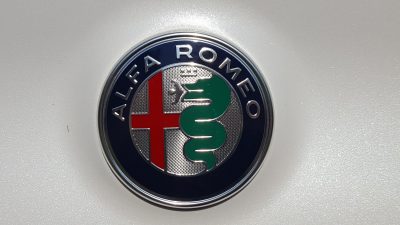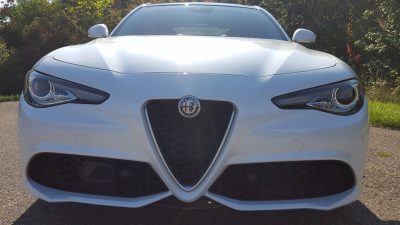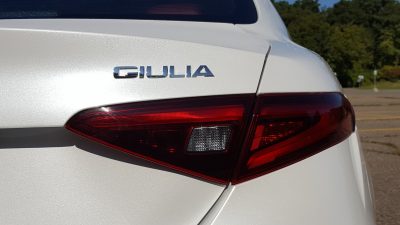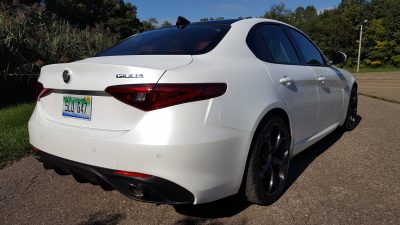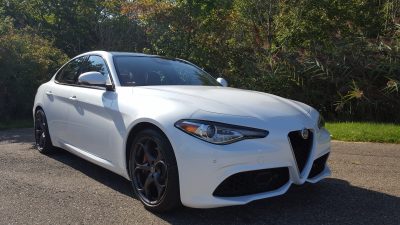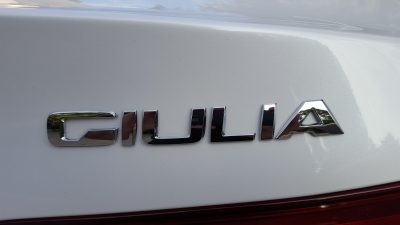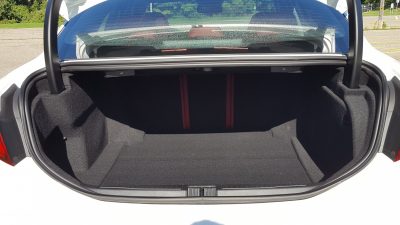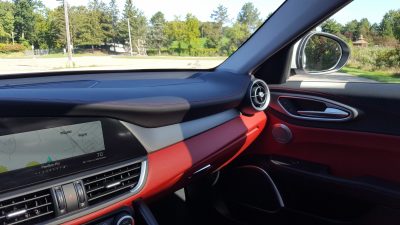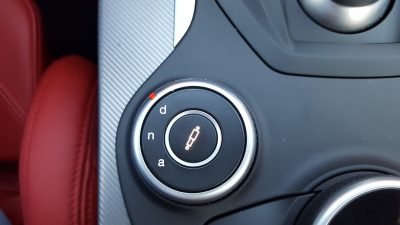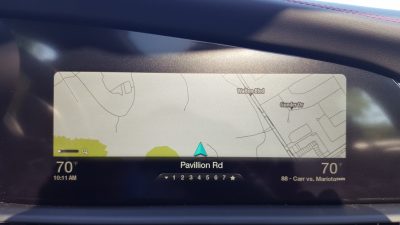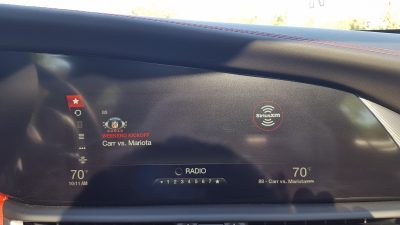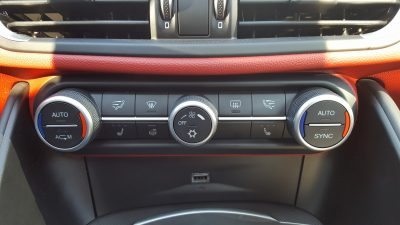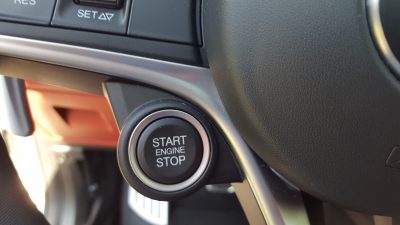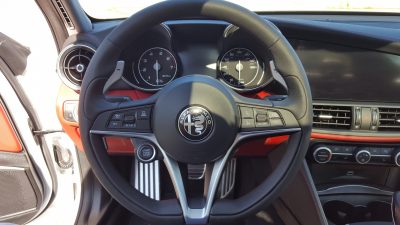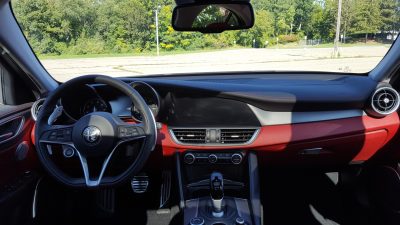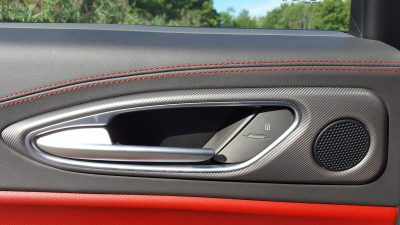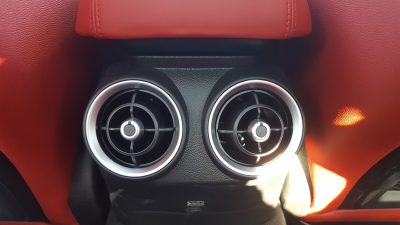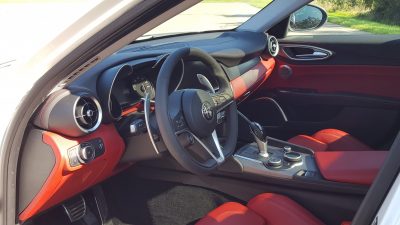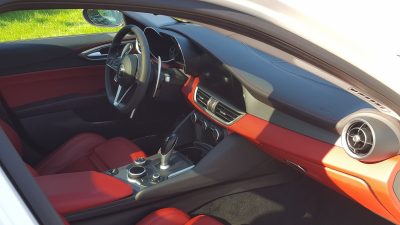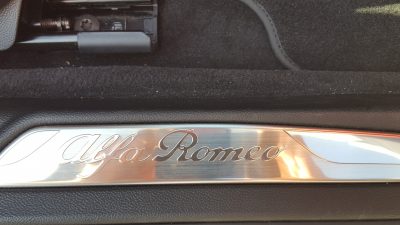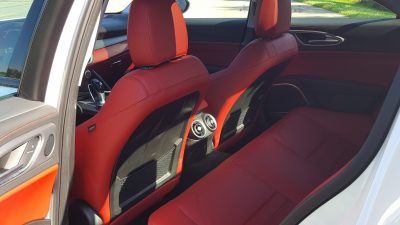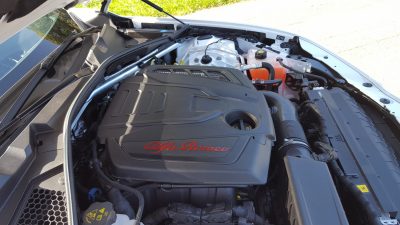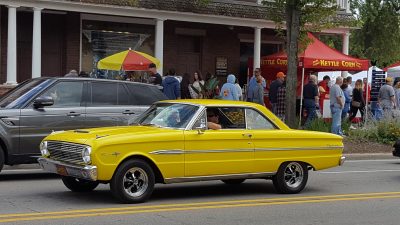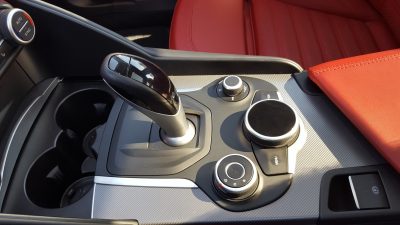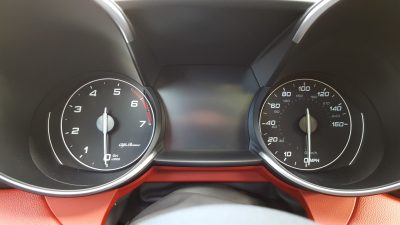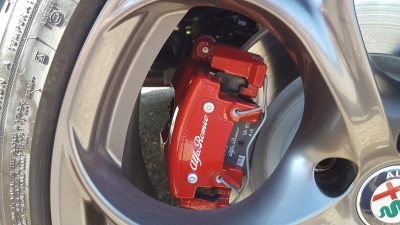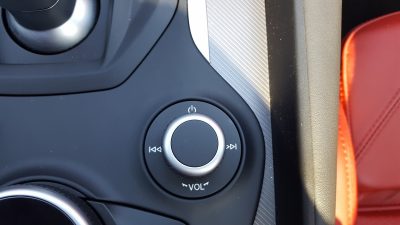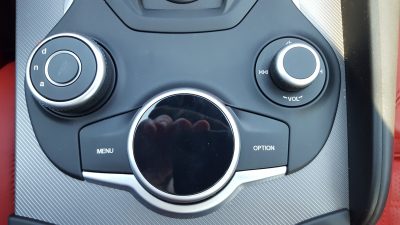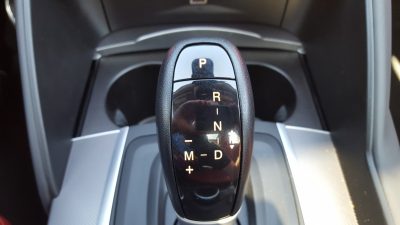Alfa Romeo has seen its fair share of ups and downs since it made its most recent effort at returning to the U.S. luxury car market. For starters, instead of choosing to start its new-found U.S. adventure with a mass market oriented model, the proudly Italian sports car maker chose to unleash two borderline supercars on the market. The first was the limited production Alfa Romeo 8C which featured a delightfully good Ferrari sourced V8, stylish bodywork, and a six figure price tag. Next was the Alfa Romeo 4C an equally stylish four cylinder two seat sports car that helped Alfa Romeo charge its way back into the headlines, but offered low levels of practicality and limited four season capability.
However, at long last Alfa Romeo has finally assembled a duo of models aimed at the mass market the stylish Giulia sedan, and the recently unleashed Stelvio CUV. But can these models help Alfa Romeo standout in an already crowded luxury car market dominated by the German big three? Or will Alfa Romeo remain an intriguing niche choice lost in the shadows? To find out, we took the Giulia Ti out for a spin to see if it had what it takes to bring the fight to its German rivals.
The exterior styling of our Trofeo White hued tester still reflects the strong emphasis on style and substance that has come to define Alfa Romeo products through out the brand’s illustrious history. While the Ti does not have as much built in snarl and aggression as the range topping Quadrifolglio variant, it still retains a certain sense of boldness and purpose that has slowly become missing from rivals such as the Audi A4, Mercedes C-Class, and even the BMW 3-Series, the once undisputed benchmark of the sport sedan segment. The Alfa’s charming good looks help it stand out as something special to various passersby. This particular effect was noticeably enhanced when the Giulia took its act on the road to Frankenmuth, MI where it drew its fair share of stares and camera phone opportunities during a car festival in the bustling downtown portion of the city. The Alfa’s suit of clothes also helped it gain entry to a hotel patron only section of parking, which allowed me and my girlfriend to do some quick shopping in the Bavarian Inn.
Our tester also had enticing color elements to nicely contrast its white paint which includes 19-inch aluminium wheels, gloss black window surrounds, as well as bright red brake calipers. These subtle details help add a visual exclamation point to the overall package, and make up for the rather bland looking rear bumper, which is the one lone chink in the Giulia’s otherwise captivating visual armor. With this much style and substance, it really does make you wonder where the design mojo for the Germans has gone, especially at Mercedes and Audi.
Like the exterior, the interior is equally attractive with our tester featuring bright red leather accents, contrast stitching, a flat bottomed leather wrapped steering wheel, and swaths of real aluminium and carbon fiber trim. However, there are select elements that are not quite up to the German standards in quality and precision. For example, the supportive power adjustable front sport seats are not nearly as adaptable as their German counterparts, the sunroof controls are obscurely marked, and the otherwise excellent optional Harmon/Kardon stereo system makes the door panels buzz when certain songs dominate the airwaves. These are all minor blemishes and do little to detract from the otherwise upscale vibe that the cabin projects. One persistent offender that did prove to be annoying were the seat belt tensioners for the rear seats. Normally they help keep occupants secure during hard emergency braking, but they went rogue on two separate occasions during our time with the Giulia, and trapped my mother inside on both of them, who pulled no punches on her thoughts about the tight head and legroom once she was formally extricated from the seats.
The interior even does away with some of the exclusively Italian quirks that defined older Alfa Romeo entries. Two exceptions to this rule are the steering wheel mounted start/stop button which takes your brain a few times to fully adjust to its location, and the button for the trunk release which requires bi-focals to formally find and operate it due to the button’s diminutive size. Curiously, the trunk lid even features a satellite lock button that lets you lock and unlock the car without using the key fob. A bit gimmicky perhaps, but we can see it come in handy on occasion, especially if your hands are full of stuff. Our highlight feature though goes to the aluminium paddle shifters. While their large size does interfere with using some of the steering wheel mounted controls, they stay in a fixed position (a trick borrowed from Aston Martin products) which keeps them in easy reach of the driver.
With such a strong presentation inside and out, its a pity that the engine serves as the biggest wart in the Giulia’s package. Like others in its segment, it is a turbocharged 2.0 liter four cylinder engine with a healthy 280 horsepower on tap and spirited acceleration when it is under the influence of dynamic mode. As a bonus, the sprint to 60 mph comes and goes in a brisk 5.1 seconds. However, we wish that it wasn’t under so much excessive sound insulation. A key aspect of any Alfa Romeo is the ability to hear the wonderful soundtrack generated by the engine and the exhaust system. Here, the engine sounded muffled at freeway speeds, and acceleration runs revealed less sound entering the cabin then we would’ve liked. However, we will give the Giulia props for not having as bad of a problem in that category as the Ford Focus RS that we recently tested in Monticello.
Two key features that the fore-mentioned Ford had, were noticeably absent from our tester, a traction control system on/off button, and defeatable stability control. You read that correctly, you CAN NOT turn off either the traction control or the ESP in rear-wheel drive Giulias. Alfa Romeo executives claimed that the decision was made to keep drivers safe, but we’re not buying it, especially since the bulk of its luxury sport sedan competitors (as well as other vehicles outside of its segment) have some form of button that turns either of the fore-mentioned features on or off. Buyers looking to have more control in their Giulia driving experience, will have to either get the Q4 variant, or use the Race mode setting on the range topping Quadrifolglio.
It’s a shame too since the chassis and suspension in our tester thrives on being pushed hard, and they helped the Giulia deliver razor sharp handling during spirited driving. This spiritual trip to automotive nirvana was occasionally interrupted by visits from the traction and stability control nannies (which we wish could be turned off) but once they departed, it was back to experiencing the high levels of control and poise delivered by the accurate steering system. When it came time to bring things to a halt, the stout brakes on our tester did a good job delivering smooth and steady stops, and even featured red Alfa Romeo branded brake calipers (a nice touch.)
Pricing for the 2017 Alfa Romeo Giulia starts at $37,995 for the base Giulia. Ti variants like our tester have a base price of $39,995, with our Ti grade tester having a final MSRP of $52,985. This lofty “Mama Mia” sized price tag was largely achieved by its laundry list of optional equipment and packages, which totaled over $9,000 before the $995 destination fee is factored into the equation. This pricing is on par with some of its Germanic competition, but if we were shopping for one, we would only focus on three key packages the $2,250 Ti 19-inch Sport Package, the $1200 Ti Performance package, and the $995 Leather package.
While it will always have to play second fiddle to the fire breathing Quadrifolglio model, the 2017 Alfa Romeo Giulia Ti is a nice compromise offering, and truly takes the middle road when it comes to performance and equipment offerings. It will be interesting to see if the Giulia avoids the reliability gremlins that have persistently dogged Alfa Romeo over the years, but if it can succeed in this regard, it could stand out as a very viable alternative to the status quo in this hotly contested segment.

Carl Malek has been an automotive journalist for over 10 years. First starting out as a freelance photographer before making the transition to writing during college, his work has appeared on numerous automotive forums as well as websites such as Autoshopper.com.
Carl is also a big fan of British vehicles with the bulk of his devotion going to the Morgan Motor Company as well as offerings from Lotus, MG, and Caterham. When he is not writing about automobiles, Carl enjoys spending time with his family and friends in the Metro Detroit area, as well as spending time with his adorable pets.

